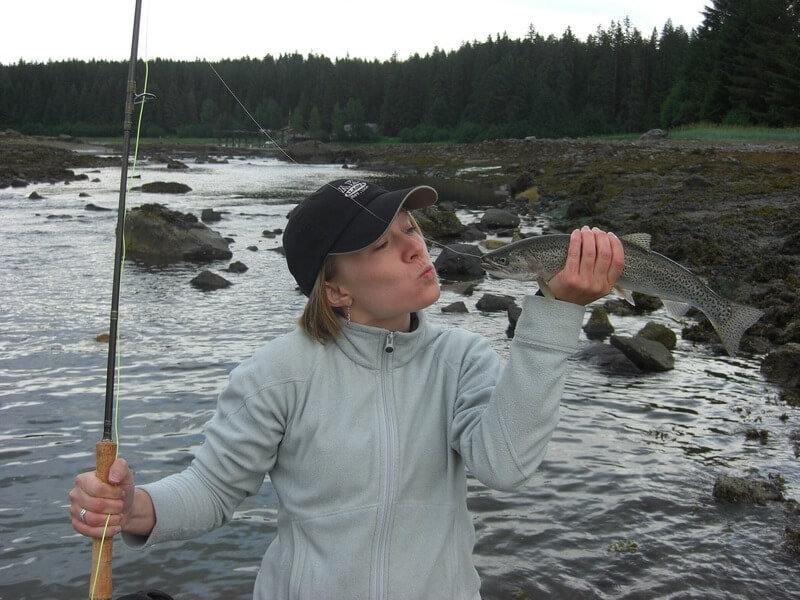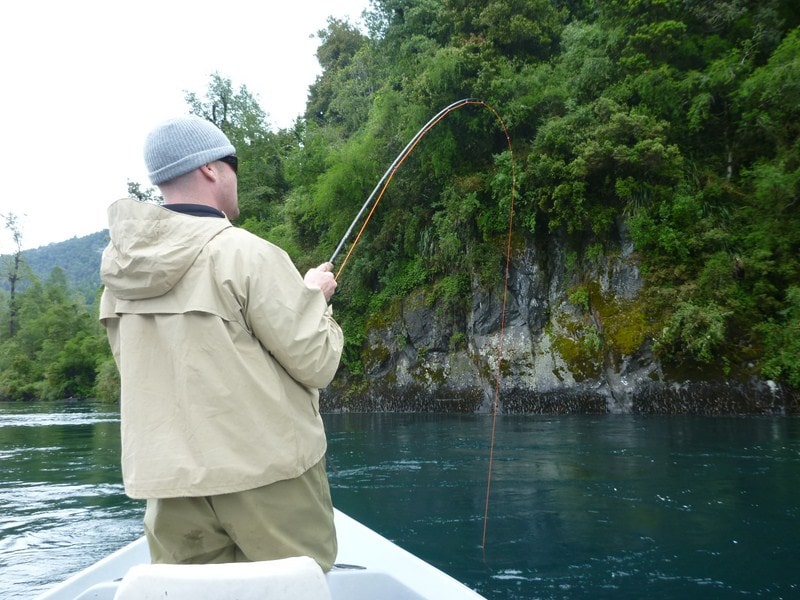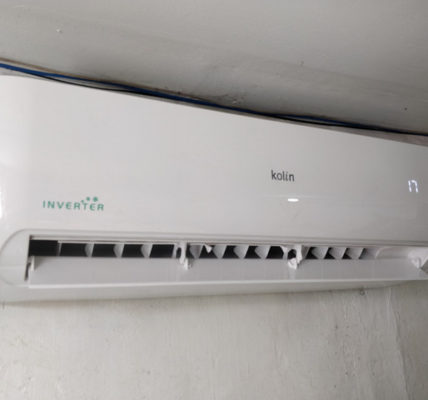When you consider fly fishing, two points enter your mind – the spreading of a fly line and the fly on the end of the line. Fly angling flies are a special aspect of our sporting activity as well as are without uncertainty one of the most fiercely debated facet of fly fishing. Flies, commonly fall into 4 classifications, nymphs, dry flies, streamers as well as wet flies. Each of these types of flies have hundreds of variations that work in various scenarios, it would take an age to explain them all. So what we’ll concentrate on understanding is the crucial distinctions between the various kinds of flies.
Nymphs
Fairies are a subsurface fly; they can be classified as either ‘fairies’ or ‘larvae’ – they key difference in between these two are that fairies look a little bit like the fly they will certainly hatch out into whereas larvae don’t. Trout feed on nymphs as they drift downstream or as much as the waters surface. The fairies we link onto our fly line copy fairies that are drifting down stream after being removed by water pressure, a nymph that is transferring to one more food resource or a nymph that is floating to the surface in order to hatch right into a fly.
Fish feed greatly on fairies, a trout, for instance, can attend all-time low of a river and also merely move toward the drifting fairy, open its mouth and draw the nymph down. It’s simple food for little initiative – that’s why fly fishing with fairies can be so effective.

Dry Flies
A ‘dry fly’ is merely a fairy that has hatched out right into a pest with wings that sits on top of the water, or flies over it. One of the most usual time for fairies to hatch into flies, is throughout the warmer months. It prevails to have a big hatch of flies on a summer seasons evening, fish will certainly feed aggressively at these times to munch down as numerous flying pests as possible – this is the most effective time to fish with a completely dry fly. You’ll raise your opportunities of hooking ‘increasing’ fish, if you ‘match the hatch’, or match the kind of completely dry fly you utilize to the kind of bugs hatching on the water. Perfectionists frequently treat completely dry fly angling as the only actual type of fly angling.
Streamers
Banners are totally different to the two above sorts of flies. They are fished under water and stand for a little baitfish. Banners are typically longer, larger flies that appear bushier; some banners use intense products which will typically draw in a starving fish. Banners are fished near all-time low of a lake or river. They are erupted, allowed to sink after that obtained; you’ll get some very hostile attacks or handles an obtained banner as the chasing trout swims in and strikes the fly by surprise. Banners are likewise a preferred choice for fly fishing during the night time.
Damp Flies
These flies, as you ‘d anticipate (as well as in a similar way to banners) are fished in the water. Damp flies represent either tiny fish or bigger swimming insects. Damp flies are typically fished with a sinking line or intermediate line as well as are fetched as they sink to the bottom of the lake or river. Wet fly angling is among the oldest sorts of fly fishing and also is swiftly being overtaken by techniques such as nymph angling.
The above sorts of flies cover most of all flies marketed today. Each type has a substantial variety of variations or varieties, it can be rather challenging recognizing which ones to select for which items of water. The best method to select what fly to pick is to try as well as recognize the aquatic life of the item of water you’re angling or even simpler speak with someone and ask what kinds of flies function well on that particular item of water. Most fly fishermen will certainly enjoy to help you out if you are attempting to discover to fly fish.
Find out more information of fly fishing on Deeper Sonar right now.









